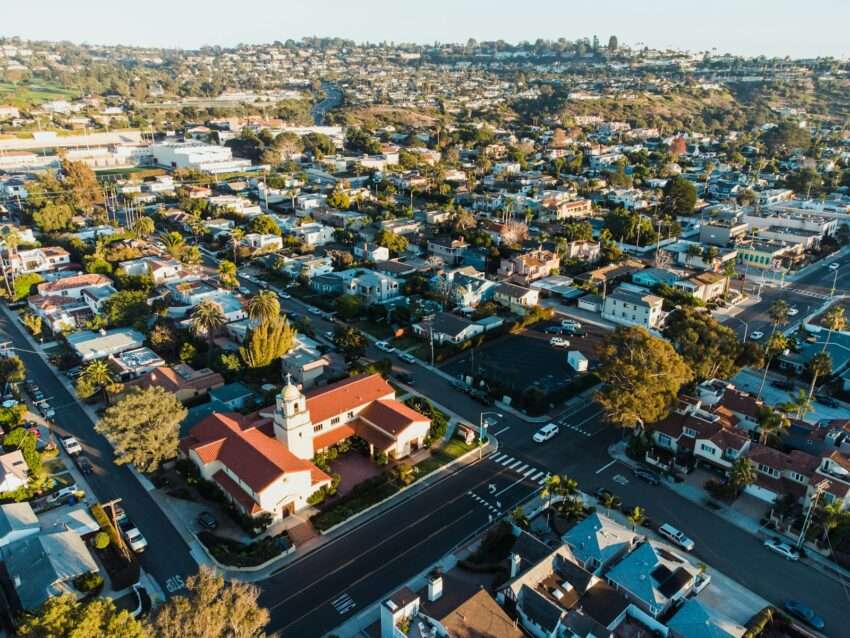The California foreclosure activity rate rose again in September, reflecting growing financial stress among households and a slowdown in broader economic conditions. Although monthly filings dipped slightly, national data show that foreclosures have now increased year-over-year for the seventh consecutive month, signaling mounting pressure on the job market and consumer spending.
Foreclosures Reflect Economic Slowdown
According to ATTOM, a national property data firm, there were 35,602 U.S. properties with foreclosure filings in September, down 0.3 percent from August but up 20 percent from September 2024. Nationally, one in every 3,997 housing units faced foreclosure last month, while in California, the rate was higher—one in every 3,514 homes—ranking the state 12th nationwide.
The latest California foreclosure activity report underscores a growing connection between household financial strain and the broader economic outlook. Employment growth has slowed in several sectors, and consumer debt levels continue to rise as inflation erodes disposable income. Analysts say these conditions often precede increases in mortgage delinquencies and other forms of credit stress.
“While foreclosure activity remains below pre-pandemic levels, the steady year-over-year increases are a warning sign that household budgets are tightening,” the ATTOM report stated.
Business and Fiscal Implications for California
The rise in California foreclosure activity may have far-reaching implications for the state’s business environment. Local governments could experience reduced property tax revenues if foreclosed homes remain vacant or sell below assessed value. Meanwhile, small businesses tied to home repair, lending, and real estate services may see lower consumer demand.
In Bakersfield—the metro area with the highest foreclosure rate in California—community banks and credit unions are already facing greater default risk, which could limit available capital for new business loans. Economists warn that persistent job market weakness could magnify those effects in coming quarters.
Regional Trends and Economic Outlook
Nationally, Lakeland-Winter Haven, Florida, reported the highest foreclosure rate in the country. Within California, Bakersfield led the state, followed by parts of the Inland Empire and Central Valley. Though the San Gabriel Valley has so far avoided a sharp increase, regional business groups remain alert to the potential economic ripple effects, including reduced spending and slower local investment.
Despite the upward trend, overall foreclosure rates remain lower than before the pandemic. Many homeowners still benefit from significant home equity, offering some protection against default. However, analysts caution that inflation, high borrowing costs, and slowing job growth could erode that safety net over time.
Economic Risks Ahead
With the U.S. economy expected to cool further in the next two quarters, economists anticipate that foreclosures could climb again through 2026. Rising credit stress may pressure both consumers and small businesses, particularly in communities dependent on housing-related industries.
For California’s business sector, the increase in foreclosures serves as an early indicator of weakening consumer confidence and tighter credit conditions—factors that could slow growth in the months ahead.
For detailed market data and economic updates, visit the California Association of Realtors at www.car.org.


